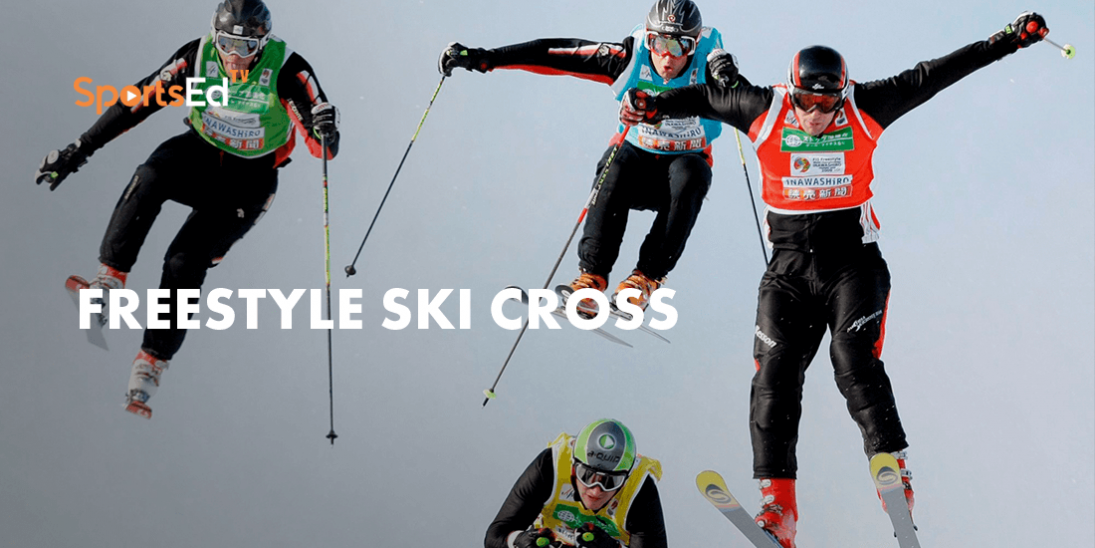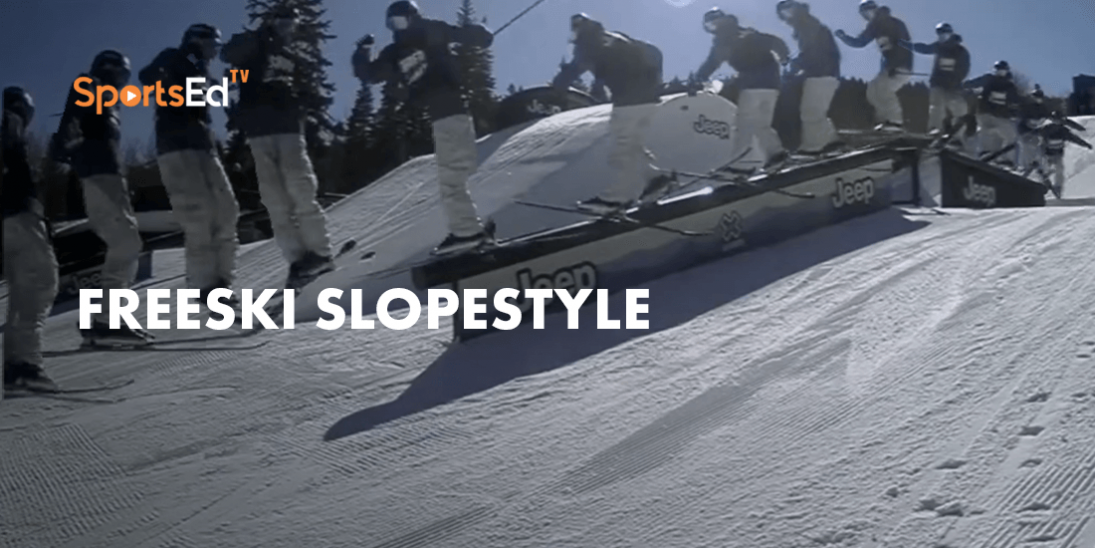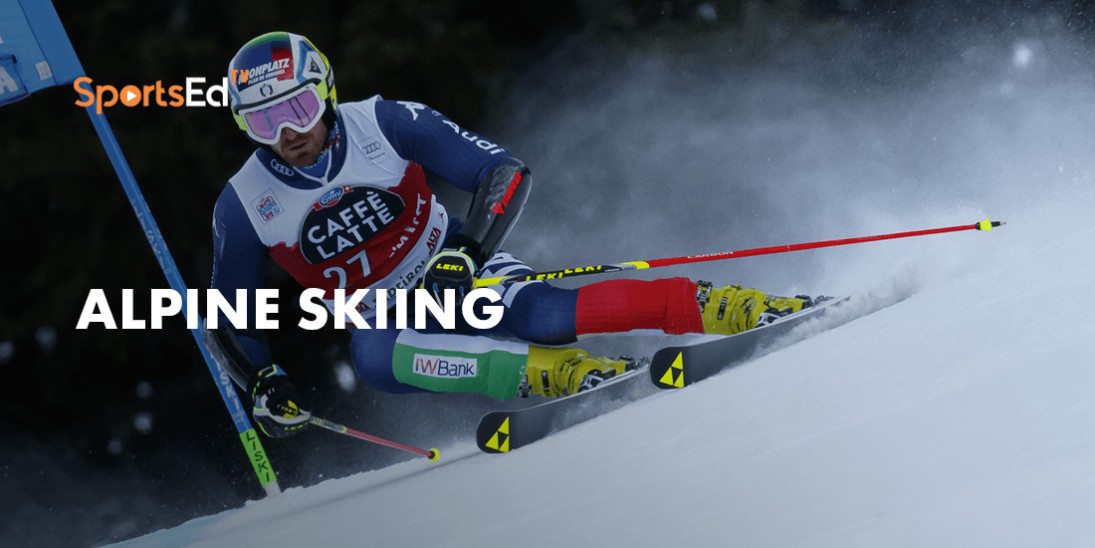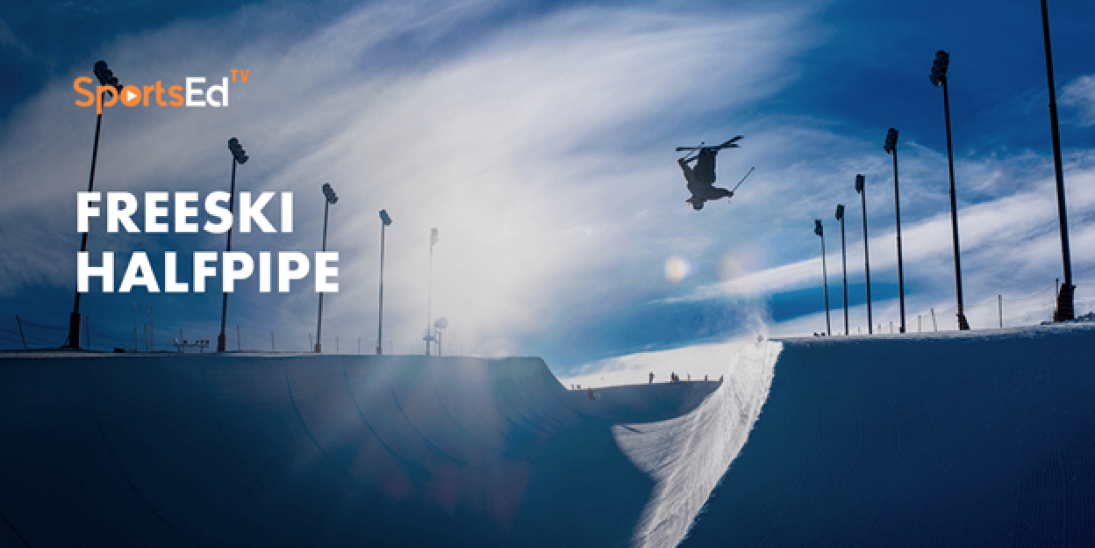Skiing
Welcome and thanks for visiting...

Basics of Freestyle Ski Cross Competition

Freestyle Ski Cross is a fast and furious sport on snow for athletes. They compete on a course for approximately one kilometer, and the first skier to cross the finish line is the winner.
At the start gave the athletes ski tips are pressed against the closed gate. Arms and hips are extended and when the gate opens, the horizontal force increases the generation of speed with a push pull action using the handles. All this happens in less than a second.
Athletes must exit the start gate as quickly as possible. Falling behind by even a fraction of a second can lead to a gap that is very difficult to close. Often, athletes in the lead in the initial stages are already halfway to winning as long as they don't fall.

Unlike snowboard, cross ski cross athletes have ski poles and normally only use them at the start and on flat terrain. This provides an additional method of acceleration, with skiers reaching top speeds of 100 kilometers an hour during the race.
Acceleration and speed are vital in ski cross, so over the jumps they lower their center of mass, creating a lower curve. That means a faster and smoother landing with less time in the air.
Taking an inner line through the corners of the course provides an excellent chance to overtake competitors. However, the athlete in first position has the advantage of being first to the corner and free to accelerate without scrambling, while also blocking the opportunity for others to overtake.
But any moment of distraction could affect the advantageous racing line and result in a competitor being overtaken or a falling.
Edging the skis on the corners causes one side to dig into the snow, but the smaller contact surface creates less friction, resulting in less speed loss while providing control. In the turns, aerodynamics can also come into play in a race--as skiing in the slipstream helps to increase the speed of the trailing athlete because they are impacted to a lesser degree by wind conditions.
However, the lead athlete can gain speed without the stress of competitors in their path and perform jumps without obstacles in their way, maximizing gravitational acceleration and minimizing the deceleration of friction.




